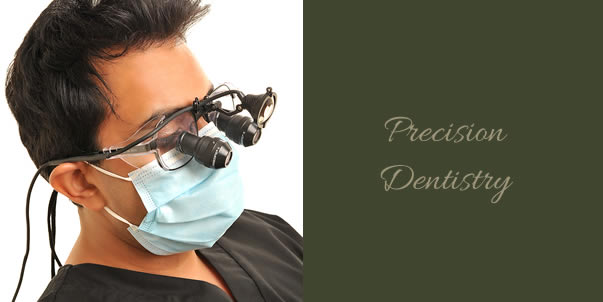
Crowns and Bridges
Crowns:
A cosmetic dental crown is a protective cover fitted over the existing structure of a broken or damaged tooth, to restore function and appearance. Today, crowns are typically made from ceramic which is the modern material of choice and which has superseded the traditional material, porcelain. Ceramic is stronger than porcelain and some argue cosmetically superior.
The crowning process involves the shaping of the original tooth, following which an impression is taken of the tooth using an impression material. The master ceramist will then manufacture the crown in the dental laboratory, to the desired shape and colour. This process may take a few weeks during which time the prepared tooth will be protected with a temporary crown. The process is completed when the dentist fits the permanent crown by bonding it to the prepared tooth using special adhesive.
Crowns can be used in conjunction with other cosmetic dental techniques to create a full mouth reconstruction.
Dental Crowns Case 1
In this case the existing crowns on the upper six front teeth have been replaced to improve the appearance.



Full mouth reconstruction with crowns - case 2
In this case an attempted full mouth reconstruction had gone wrong, this case was referred to me by her dentist for further management and completion of the reconstruction.

Before treatment: note the existing poor crowns in the above image on the left. The image above on the right reveals the poor health of the teeth and gums after removal of existing crowns.

The image above left shows preparation of the teeth for new crowns. The image above right shows completion of crowns on the upper and lower teeth.


Dental Crowns - Case 3
In this case existing crowns on the six upper front were replaced to provide more aesthetic restorations.

Dental Crowns - Case 4
In this case a combination of orthodontic treatment and replacement crowns have improved the appearance of the upper front teeth.

Bridges:
A cosmetic bridge is used as a permanent replacement for one or more missing teeth. There are two main types: Adhesive or conventional. The conventional type involves preparing the adjacent teeth and thus can be quite destructive where as the adhesive bridge requires minimal preparation and hence is more conservative. A dental bridge is essentially used to “bridge the gap” between the remaining adjacent teeth, thus replacing any missing teeth and restoring aesthetics, function and the ‘bite’.
Please contact Dr Sharma at his modern Central London dental practice to arrange a consultation.
